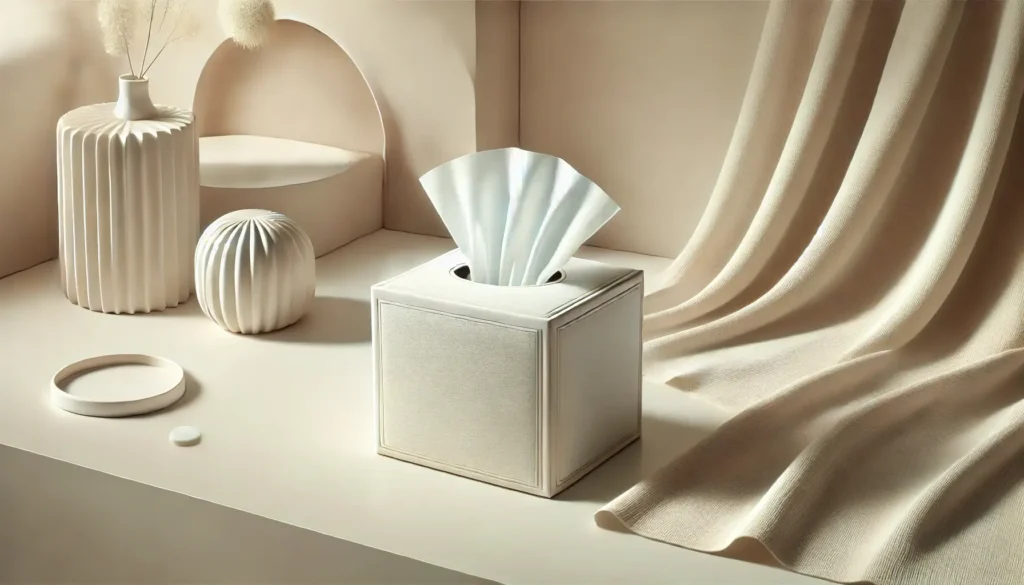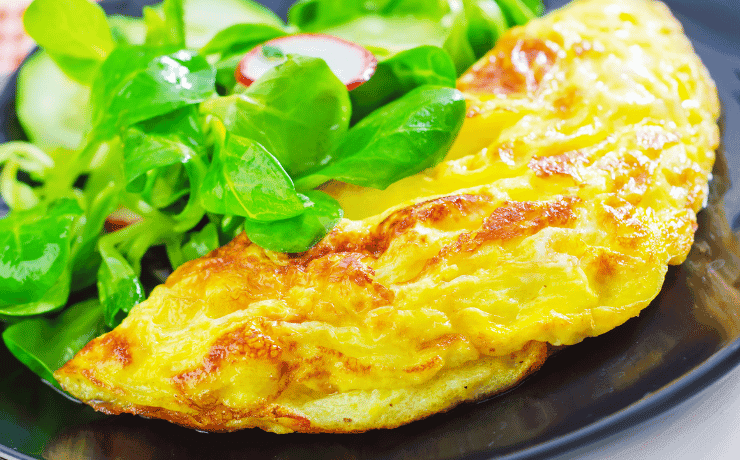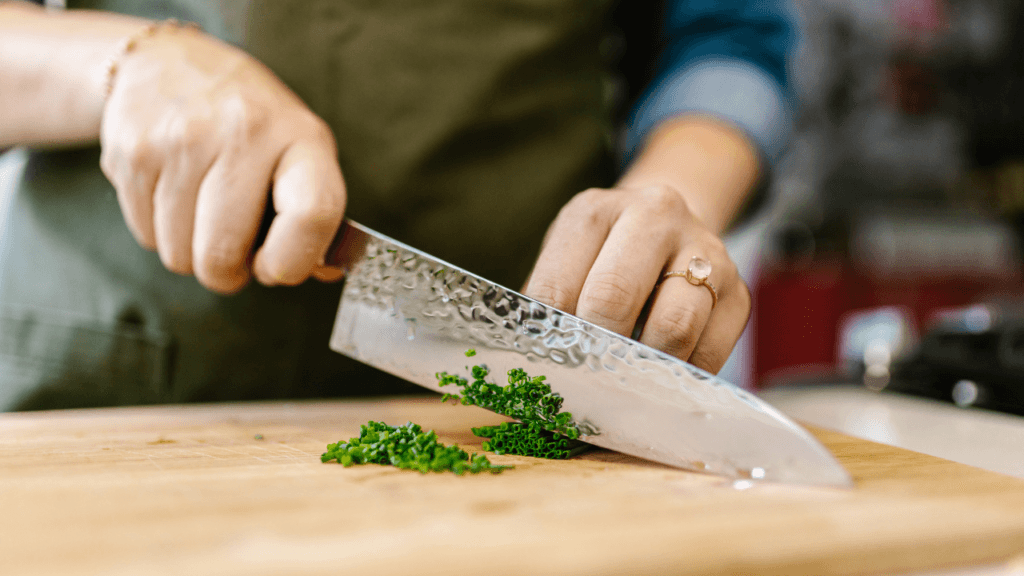We use facial tissues all the time-whether it’s for wiping a runny nose, dabbing tears, or cleaning a smudge off our glasses. But have you ever stopped to wonder what goes into making these soft, comforting sheets?
In this post, we’ll break down the ingredients and production process of facial tissues in a way that’s easy to understand. By the end, you’ll know exactly what you’re holding when you pull out that next tissue!

Contents
What Ingredients Are Used to Make Facial Tissues?
Wood Pulp: The Main Ingredient
The primary material in most facial tissues is wood pulp, which comes from trees. Wood pulp gives tissues their lightweight and soft paper feel, perfect for the delicate skin around your nose. Softwood and hardwood trees (like spruce and eucalyptus) are commonly used because they produce strong yet soft fibers.
Recycled Paper: A Greener Option
Some tissues are made partially from recycled paper, making them more environmentally friendly. This helps reduce waste by reusing paper products that would otherwise go to landfills. So if you’re looking to make eco-friendly choices, keep an eye out for tissues made from recycled content.
Additives for Softness and Durability
To make tissues soft and comfortable, some brands add extra ingredients, such as:
- Lotion or Aloe: Found in premium tissues, these ingredients provide extra moisture to soothe irritated skin, especially helpful during colds or allergies.
- Moisture-Resistant Agents: A tiny amount of chemicals ensures the tissue stays intact when it gets wet. No one wants a tissue that tears apart mid-sneeze!
How Are Facial Tissues Made? Step-by-Step Process
Ever wondered how wood pulp turns into that soft, perfectly folded tissue in your hand? Here’s how it happens:

Step 1: Pulping the Wood
The journey begins with wood chips from trees, which are broken down into fibers. This process, called pulping, involves mixing the wood with water and chemicals to create a mushy, soft pulp.
Step 2: Cleaning the Pulp
The pulp is washed thoroughly to remove dirt, bark, and any unwanted particles. This ensures the tissue paper will feel smooth and clean.
Step 3: Bleaching for Brightness (Optional)
Some tissue manufacturers use a gentle bleaching process to make the tissues look white and fresh. However, eco-conscious brands might skip bleaching, opting for a more natural look.
Step 4: Pressing and Drying the Sheets
The cleaned pulp is spread out into thin sheets and pressed to remove excess water. Once dry, these sheets are smooth and soft, ready to be cut and folded.
Step 5: Adding Lotion or Fragrance (Optional)
If the tissue is part of a premium line, this is where lotion, aloe, or mild scents might be added. These extras make the tissue feel even softer and more comfortable for frequent use.
Step 6: Cutting, Folding, and Packaging
Finally, the tissue sheets are cut, folded, and neatly stacked into boxes or small travel packs. Machines ensure each tissue is easy to pull out without tearing, ready to meet your needs at any moment.
Not All Tissues Are Made the Same
There are some key differences between regular and premium tissues:
- Premium tissues often contain lotion or aloe, which makes them extra gentle on the skin.
- Regular tissues are simple but functional, perfect for everyday use.
You can also find eco-friendly tissues made from recycled paper or sustainable bamboo. These options help reduce the environmental impact while still being soft and effective.
Environmental Impact of Tissue Production
The Use of Wood Pulp and Sustainability
Using wood pulp means cutting down trees, which raises concerns about deforestation. Many tissue brands are addressing this by adopting sustainable forestry practices-replanting trees and managing forests responsibly to minimize their impact.
Biodegradable and Recyclable Tissues
The good news? Most tissues are biodegradable, meaning they break down quickly when disposed of. Some companies are also switching to recycled paper to reduce the demand for virgin wood pulp.
Why It Matters to Know What’s in Your Tissue
Knowing what goes into making facial tissues helps us make more thoughtful choices. If you have sensitive skin or allergies, you might prefer hypoallergenic tissues with no added fragrance. If sustainability is important to you, look for recycled or bamboo-based tissues. And during cold or allergy season, premium tissues with lotion can make all the difference in keeping your nose comfortable.
Facial tissues are more than just soft pieces of paper-they’re made with care, using ingredients like wood pulp and recycled paper, with the option of added lotion for extra comfort. From pulping wood to packaging the final product, each step in the production process ensures the tissues are gentle, durable, and ready for anything from a sneeze to a tear.
So next time you reach for a Kleenex or any other tissue, you’ll know exactly what went into making it. Whether you need it for allergy relief or a comforting moment, it’s reassuring to know that these small sheets are made to take care of us when we need it most.
This post provides an easy-to-understand, informative guide to what facial tissues are made of and how they’re produced. Plus, it helps readers make informed decisions when choosing the right tissue for their needs.



